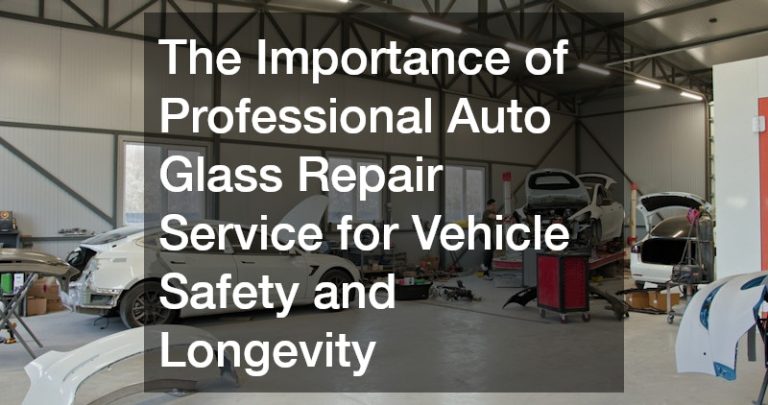The boom in home sales poses the ideal condition for construction companies. But sadly, the construction industry itself is struggling to keep up with the demand. In late 2021, it was found that 2.2 million new construction workers were needed to fill in the shortage of manpower.
To reach that target, companies should hire at least 61,000 new workers every month. And those workers must be skilled. Unfortunately, finding skilled labor is also a problem. Hence, some understaffed companies are forced to accept inexperienced workers.
If your company faces the same problem, stop waiting for change to happen. Instead, adapt using the resource available: technology.
Buying new aftermarket parts for your construction equipment should just be the first step in your upgrading plans. You should also improve your processes. Combine an upgraded fleet, optimized processes, and ethical practices altogether, and your company would enjoy a greater return on investment (ROI) and profits.
Reasons to Make Upgrades
In construction, upgrades could mean the difference between the life and death of the business. For instance, imagine you’re still using the same equipment from the early 2000s. Trucks, tools, and heavy equipment from that period don’t have the technology those things have today. As such, they can’t meet the current demands in productivity and output. They may allow you to offer cheaper services, but your customers will also get what they paid for: manual operations and slow progress.
If you think regular upgrades waste money, settle for one upgrade at a time. You don’t need to budget for a fleet overhaul if yours is still hitting targets. But if you’re wondering what exactly will upgrades mean for your company, here’s what you can expect:
-
Increased Productivity

This is the leading reason to make regular upgrades. For example, in a computer, system upgrades improve the security features, speed, and overall function. As a result, you can do more things with your computer at a time, even though you didn’t buy a new one. The same happens when you upgrade your fleet or construction processes. You can buy new parts and improve fuel economy. That would allow your drivers to make fewer refueling stops. You can also automate excavators and enable their operators to dig up more soil without performing the task themselves.
-
Reduced Downtime
Many construction leaders fear that upgrading their systems will cause significant downtime. But on the contrary, it would decrease downtime. Sure, work would be impeded for a bit while the upgrades are being done. But the impediment will be worse without the upgrades. Poorly maintained dump trucks, for example, may stall before starting, not to mention, emit too much carbon. That can affect site productivity and risk your workers’ health.
-
Better Safety and Lowered Risks for Injury
Regarding workers’ health, upgraded equipment also improves safety and helps manage risks for injuries. If you only use scaffolding, for example, the workers who climb on it risk falling and breaking their bones. But if you have crane trucks on site, your workers can go up to heights without climbing anywhere. They can also lift heavy materials without worrying about losing their balance.
The Most Beneficial Upgrades to Make
Now that we’ve convinced you to invest in upgrades, here are the best ones to consider:
-
Simulators for Trainees and Existing Workers
Before upgrading your equipment, you must ensure that trainees and existing workers are prepared to handle them. Simulators provide a safe environment for practicing on new, unfamiliar equipment. It challenges operators without stressing them out to the point of risking their safety. For example, if you’re buying a new skid-steer loader, a simulation will ensure that the operator won’t hit anything the machine isn’t supposed to while training.
-
Onboard Power
Though a trusty generator still works efficiently on construction sites, providing onboard power in addition to that won’t hurt. It’ll allow workers to power up other tools like power drills or circular saws.
-
Drones
Take site surveying to the next level by using drones. Drones eliminate the need for people to go on site and inspect manually. As a result, you can conduct efficient surveys even with a worker shortage.
-
Telematics
Earth-moving equipment, including backhoes, excavators, and trenchers, can be equipped with telematics technology. It would help predict future issues, allowing you to save on maintenance costs.
-
Robotics
Since there are not enough workers, it’s time to consider using robots for some manual tasks. Robots can lift heavy loads that could otherwise injure human workers. They can also prep the site before work and clean it up afterward. They save time and increase productivity and safety as a result.
Invest in these upgrades so that you can take on more projects. They can help you recover your pandemic-induced losses. More importantly, they will enhance the well-being of your workers.








